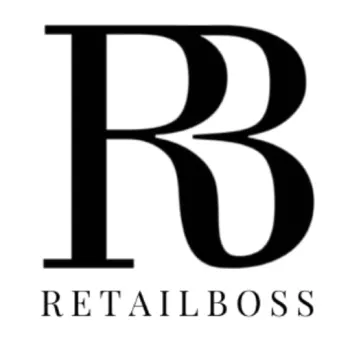The luxury house behind the Birkin just shut down a multimillion-euro fake bag ring. The luxury fashion industry saw a significant legal development this spring when France’s highest court largely upheld convictions and financial penalties in one of the most sophisticated counterfeiting operations ever to target a major luxury brand. The French Court of Cassation’s May 27 ruling preserved most convictions against former Hermès employees involved in manufacturing thousands of counterfeit Birkin bags, while establishing important principles for intellectual-property enforcement across Europe.

The Elaborate Inside Operation
The case began in 2011 when Hermès discovered what prosecutors described as a major counterfeiting operation targeting the luxury industry. Unlike typical counterfeiting rings, this one involved highly skilled leatherworkers, including several Hermès employees, who were manufacturing counterfeit Birkins in hidden workshops located near the company’s own ateliers.
The sophistication of the operation was remarkable. Materials, including hardware and exotic leathers, were sourced directly from Hermès’ supply chain, while packaging closely replicated the company’s iconic orange boxes and gold stamps. These were not cheap imitations; the counterfeit bags were crafted with a level of detail intended to closely mirror authentic Hermès products. Prosecutors estimated that the criminal ring generated more than $22 million in revenue from the scheme.
A Decade of Legal Proceedings
The investigation began when Hermès’ internal compliance system flagged suspicious activities. The company filed a formal complaint with French authorities in 2011, triggering a comprehensive joint investigation that included wiretaps, surveillance, and coordinated raids. By 2012, more than a dozen individuals were arrested, including two Hermès employees caught supplying authentic components for the counterfeit production.
The trial phase proved equally complex. In 2020, ten defendants, including seven former Hermès employees, faced charges of counterfeiting, organized criminal activity, and breach of trust before the Paris Criminal Court. Testimony revealed how Hermès workers had secretly diverted materials using the company’s internal “bon au personnel” system to produce counterfeit bags targeting both Paris tourists and buyers in Hong Kong.
Initial sentences ranged from suspended terms to three years in prison, with the ringleader receiving the harshest penalty after being tried in absentia. Hermès was initially awarded €580,000, well below the €2 million the company had sought. The case expanded in 2021, ultimately leading to convictions for 23 defendants and civil damages exceeding €10 million.
The High Court’s Decisive Ruling
The Court of Cassation’s decision addressed several critical legal challenges raised by the defendants, setting important precedents for intellectual-property enforcement. The defendants argued that awarding profit-based damages alongside criminal penalties violated EU law by imposing double punishment and objected to joint liability for profits they hadn’t personally received.
The court stated that both civil damages and criminal penalties can be imposed. Civil damages, which are based on the profits the defendants earned from the counterfeit sales, are intended to reimburse Hermès for its losses, while the criminal penalties serve to punish the defendants, and thus, can co-exist.
The court also upheld joint and several liability, reasoning that because each defendant played a role in the operation, all could be held responsible for the full profits generated. The organized nature of the scheme, the court reasoned, justified holding the entire group financially accountable.
Additionally, the court supported the decision to award both profits-based damages to one Hermès entity and royalty-based damages to another, finding that because the two awards addressed separate harms, awarding both was appropriate.
Partial Annulment and Procedural Corrections
While the outcome was largely favorable to Hermès, the ruling was not entirely one-sided. The court identified procedural issues in the conviction of one defendant. Specifically, the judges noted inconsistencies in the earlier court’s findings regarding the defendant’s actions and the locations of alleged offenses. Additionally, the court found that the appellate court had increased this defendant’s sentence based on factors that were not properly established during the proceedings. As a result of these procedural errors, part of the conviction and sentencing was annulled, requiring a retrial before a different panel of the court of appeal.
Industry Impact and Future Implications
For companies affected by counterfeiting, the court’s decision represents a significant step in reinforcing their ability to recover losses and demonstrates the judiciary’s willingness to impose broad liability and substantial financial penalties in complex counterfeiting cases. More generally, the ruling affirms that civil damages and criminal penalties can coexist under EU law, supports the application of joint liability in organized counterfeiting operations, and allows for multiple types of damages to address different harms. These principles are likely to shape future intellectual property enforcement across Europe.
At the same time, the partial annulment in the case highlights that procedural safeguards remain essential under both French and EU law, especially regarding jurisdiction and sentencing considerations. Even when criminal conduct is evident, strict adherence to legal procedures is necessary to ensure that convictions are upheld on appeal.
This case illustrates the increasing complexity of counterfeiting schemes and the evolving legal strategies used to protect intellectual property rights in the luxury sector. As companies continue to invest in anti-counterfeiting measures, such rulings help establish a stronger legal foundation for pursuing both criminal and civil actions against organized counterfeiting networks.

















